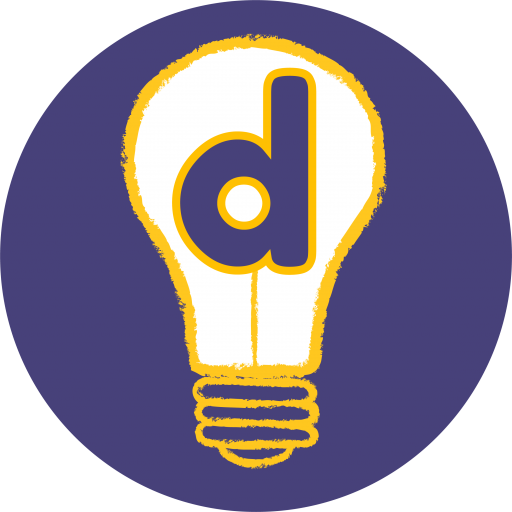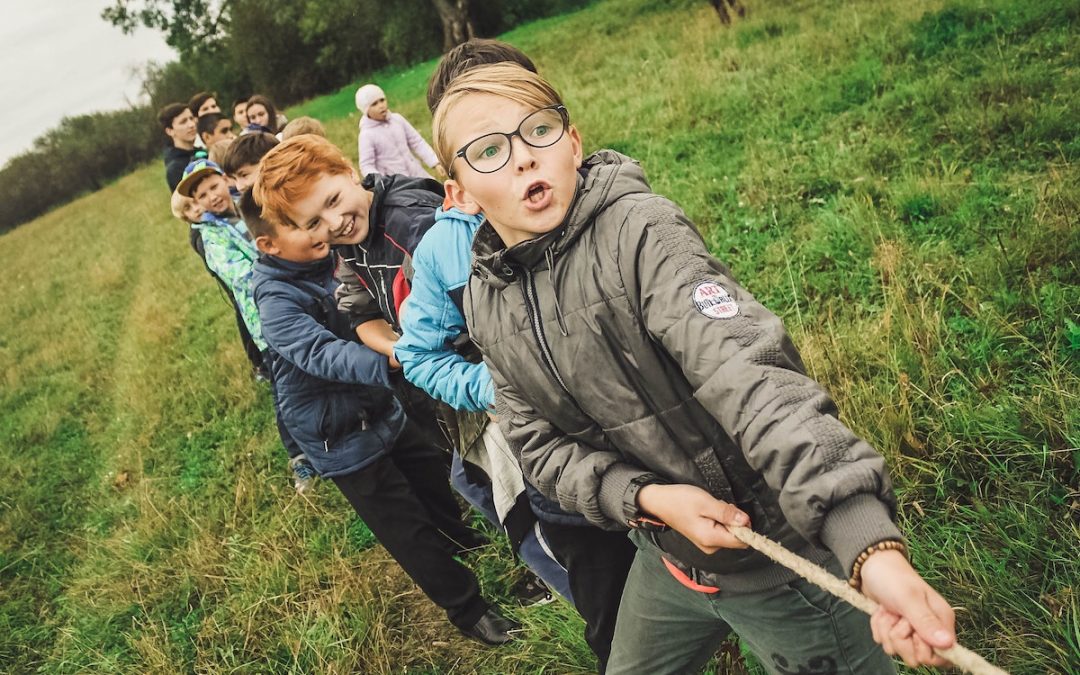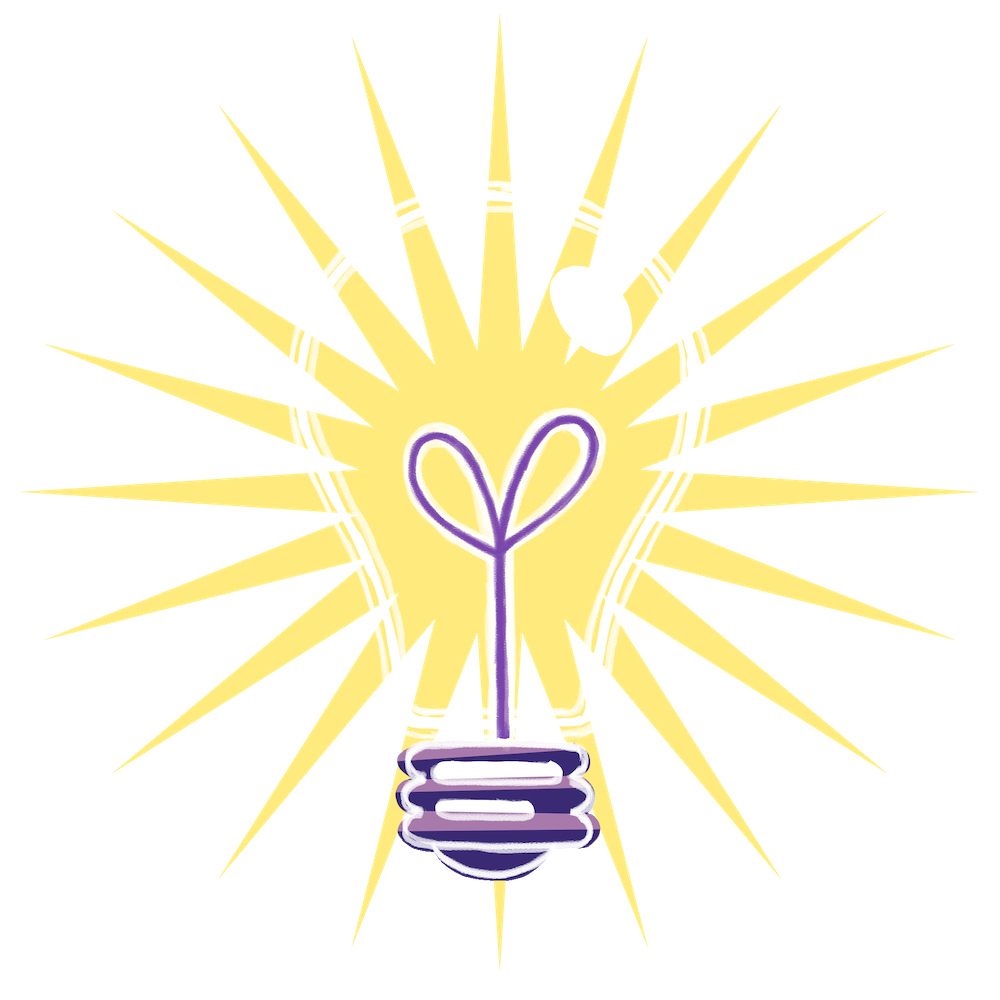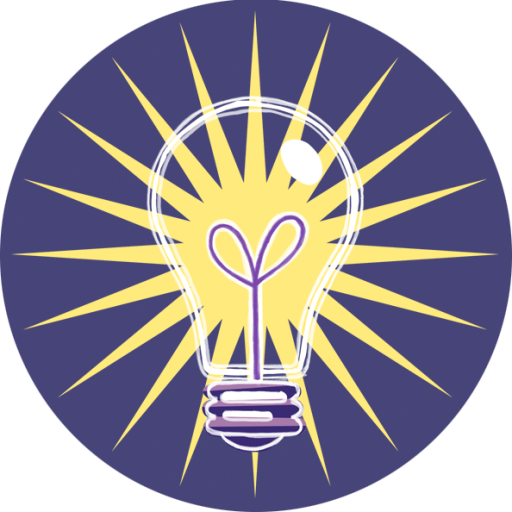Most people accept the value of group work in learning design. But team-based learning extends the learning power of group work even further.
But what is team-based learning (TBL), and how does it work?
Well, perhaps unsurprisingly TBL involves putting your learners in teams. The aim is to harness the power of accountability by using peer learning to increase and sustain engagement. This can be particularly useful in online and blended courses as teams continue to meet and discuss their tasks in between taught sessions.
You can adapt TBL according to the level and characteristics of your learners. The full methodology was developed in the 1970s in the context of medical education, and involves a structured set of pre-session work, activities and tests. However, if you’re working with adult learners you might find the full methodology too rigid. If this is the case, just adapt it to your needs.
How does team-based learning work?
Here’s an example. For several years I led an online PGCert in Creative Education which involved teaching 40-50 trainee teachers over a 9 month period. We began by putting students into 8 teams of 5-6 people, taking care to ensure a diverse mix of characteristics in each team. For the first five weeks, the teams prepared and recorded a pecha kucha presentation on learning theories. For the next five weeks, they interviewed people to find our about a range of neurodiverse characteristics and produced a podcast. We then changed the teams, and for the final five weeks of the first module the teams produced short videos about various assistive technologies.
By making learners accountable to their team mates as well as the teacher, students showed up consistently throughout the course. Why? Because they didn’t want to let their team-mates down.
The power of this dynamic should not be underestimated. Instead of me having to constantly chase each student to check up on their work and wellbeing, their team-mates automatically took on this role. The result was an engaged network of students all looking out for each other in order to complete a series of activities.
I should also mention that TBL isn’t without its challenges. As you would expect, sometimes people don’t always get on and teams don’t always gel. But this creates the opportunity to initiate discussions about respect, empathy, professional boundaries and the importance of learning how to collaborate across cultures. All of which is integral to developing the soft skills that students need to learn through a programme of higher learning.
TBL is a powerful tool that learning designers can use to increase engagement and extend learning.
P.S. And if you want some ideas about how to support teams, have a look at this thinking tool on Tuckman’s Group Development Model.
You might also like:
Photo by Anna Samoylova on Unsplash




Trackbacks/Pingbacks